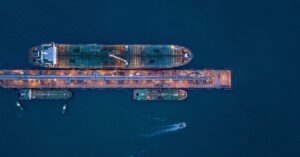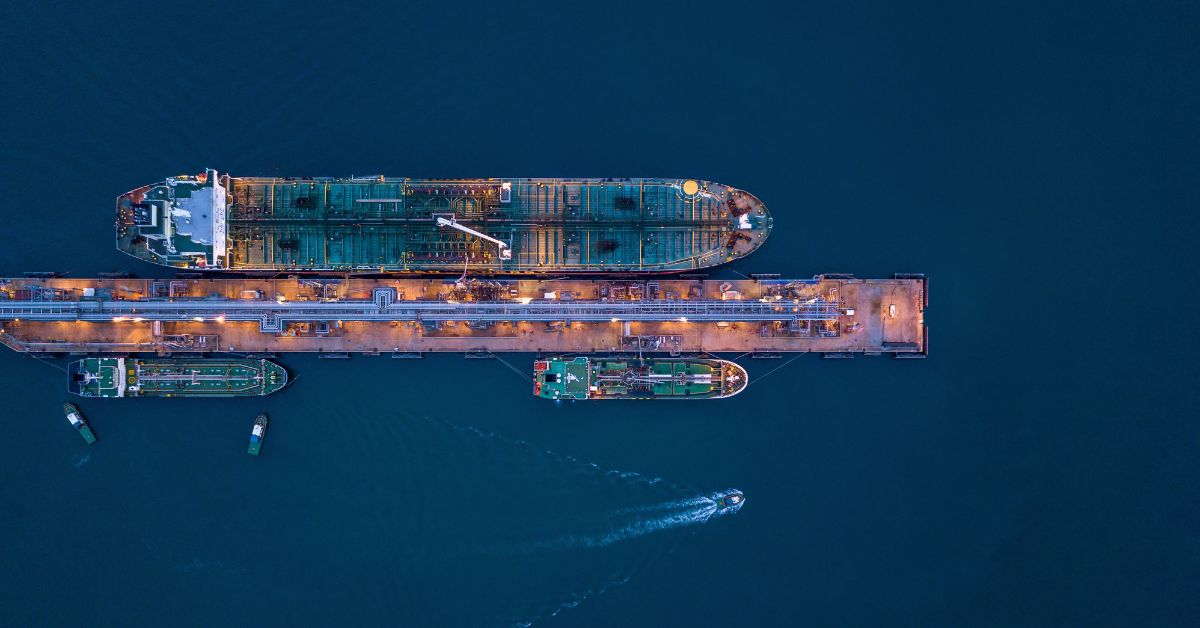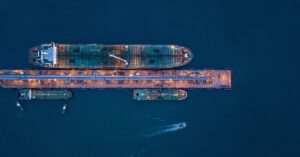
Forward Funnel Of SS United States Removed As It Prepares To Become A Reef
August 5, 2025
India Continues To Import Russian Crude Despite Pressure From U.S & E.U
August 5, 2025

BP announced that it had made its biggest oil and gas discovery in 25 years in the Santos Basin, Brazil, which would shift the company’s focus from renewable energy to fossil fuels.
The company wishes to bolster oil and gas in its portfolio to regain investor confidence and revive the underperforming shares.
It also plans to build a new hub at Brazil’s Bumerangue discovery, said to be the company’s largest since Shah Deniz in 1999, a gas and condensate field in the Azeri part of the Caspian Sea.
Per a BP spokesperson, they cannot tell as it is too early and each reservoir is different; however, the data provides support that the scale for this 100% BP discovery could be a game changer.
The Bumerange block is “promising and strategically located”, said Jean Paul Prates, former CEO of state-run oil firm Petrobras, on social media.
He also warned that the field with high CO2 content in its associated gas could also be uneconomical.
BP has not revealed the CO2 levels in Bumerangue, but results from rig site analysis indicate increased levels of CO2.
The company forecasts its oil and gas production at 2.3 million to 2.5 million barrels of oil equivalent per day by 2030. It also stated that this was its 10th discovery this year, after findings in Egypt, Trinidad, Brazil and others.
BP produced 2.4 million barrels of oil equivalent in 2024 and expects lower production in 2025.
It had secured the Bumerangue block in a “pre-salt” formation beneath the ocean floor in December 2022.
Shell also made a final investment decision for another project in the Santos Basin this year.
Source: Maritime Shipping News


